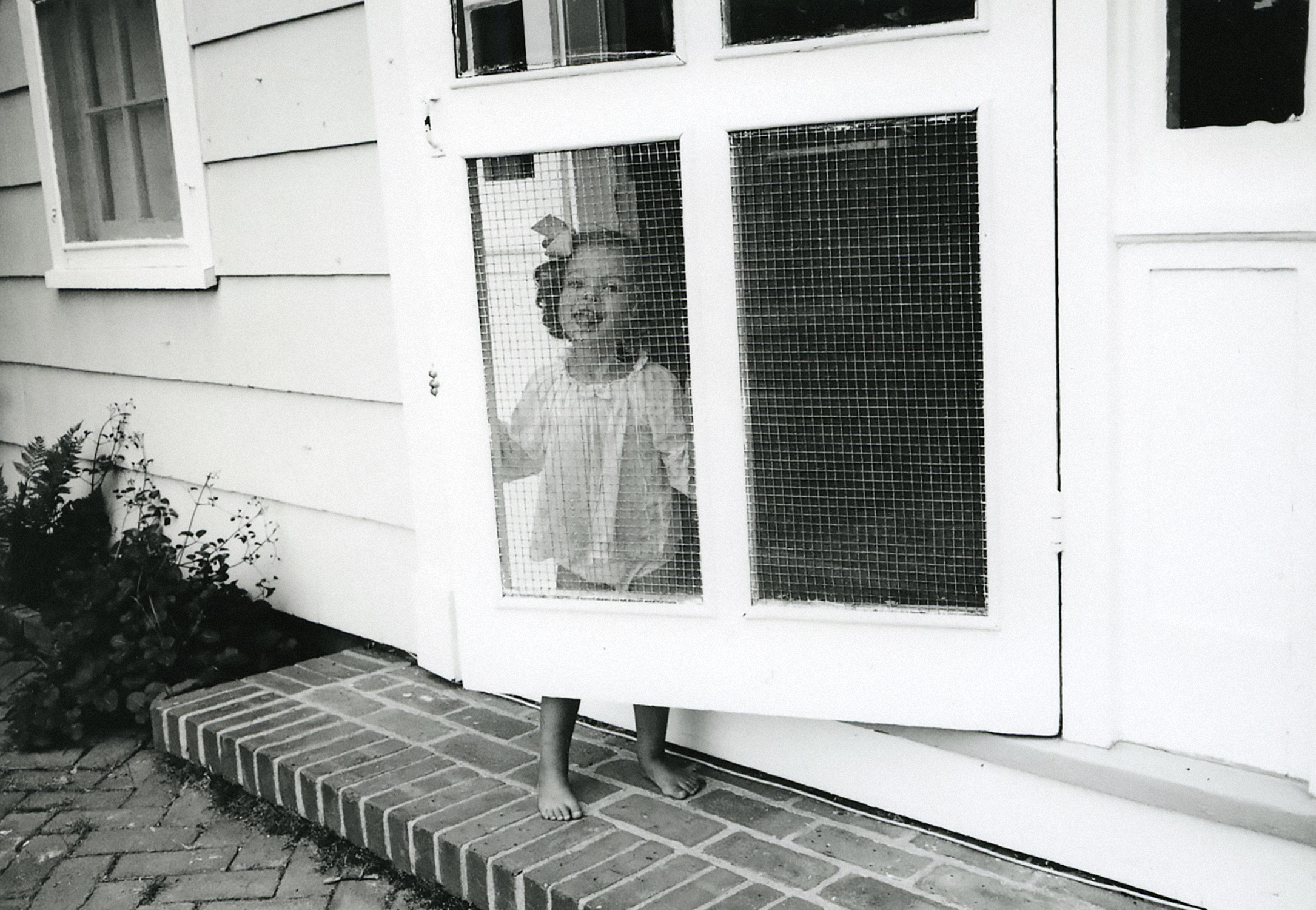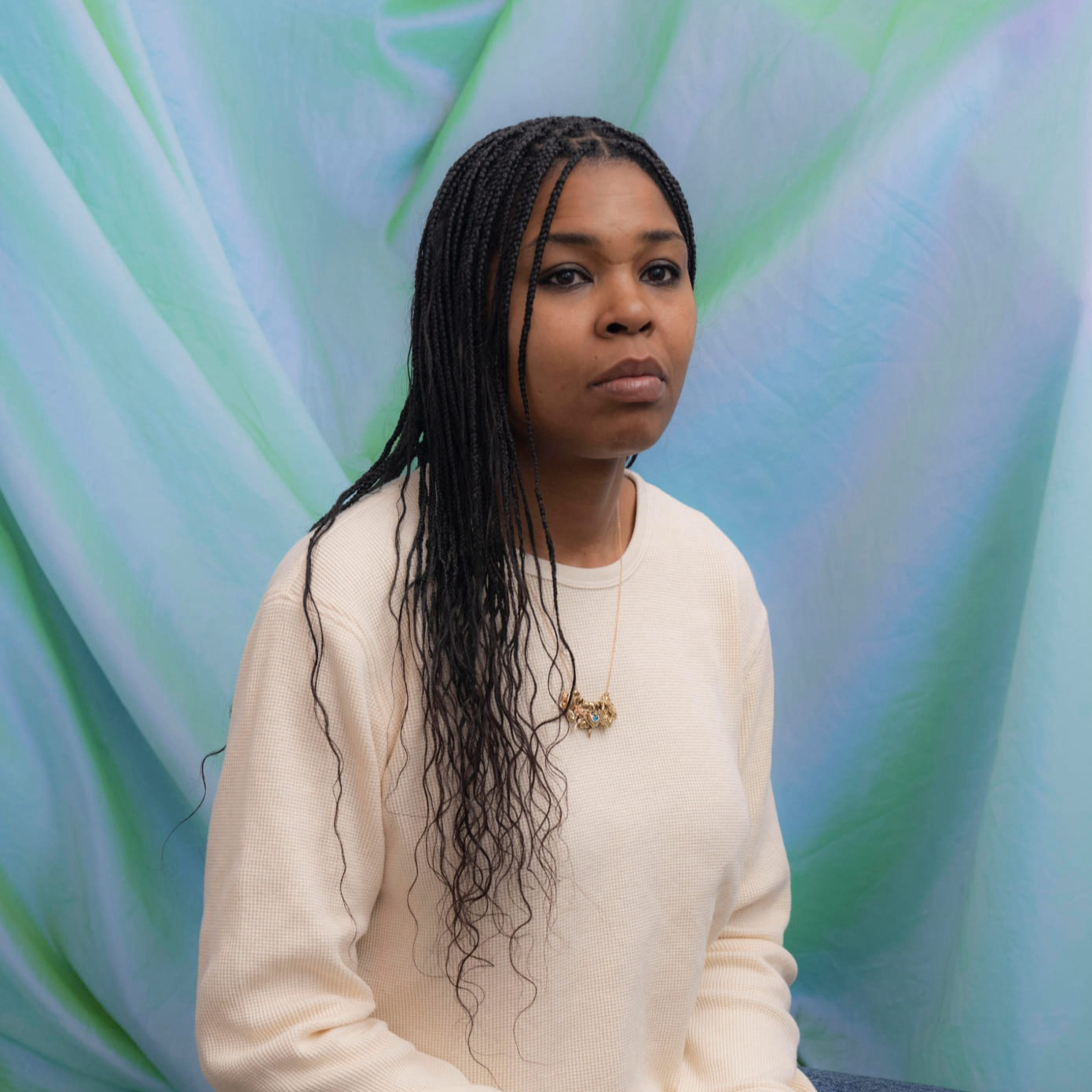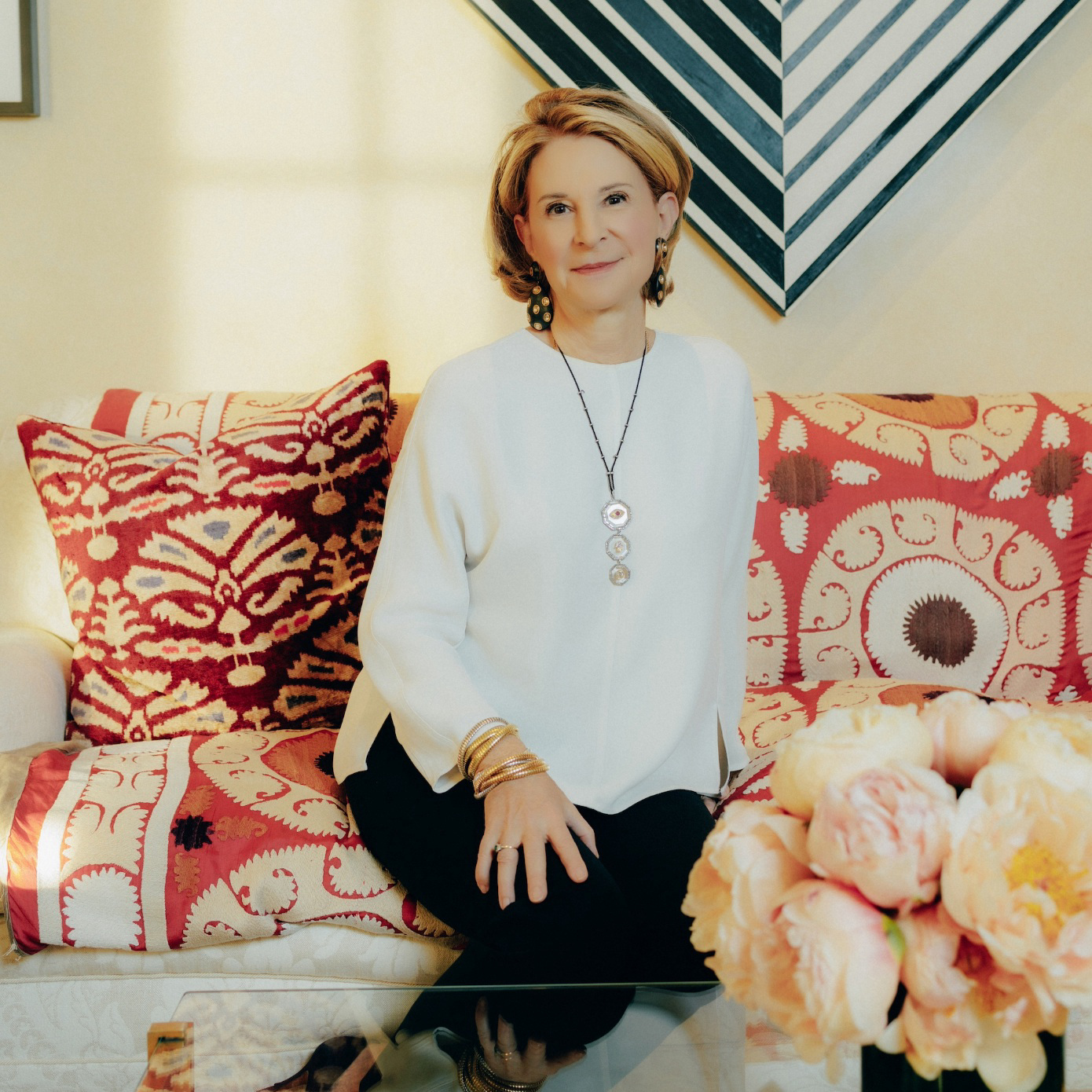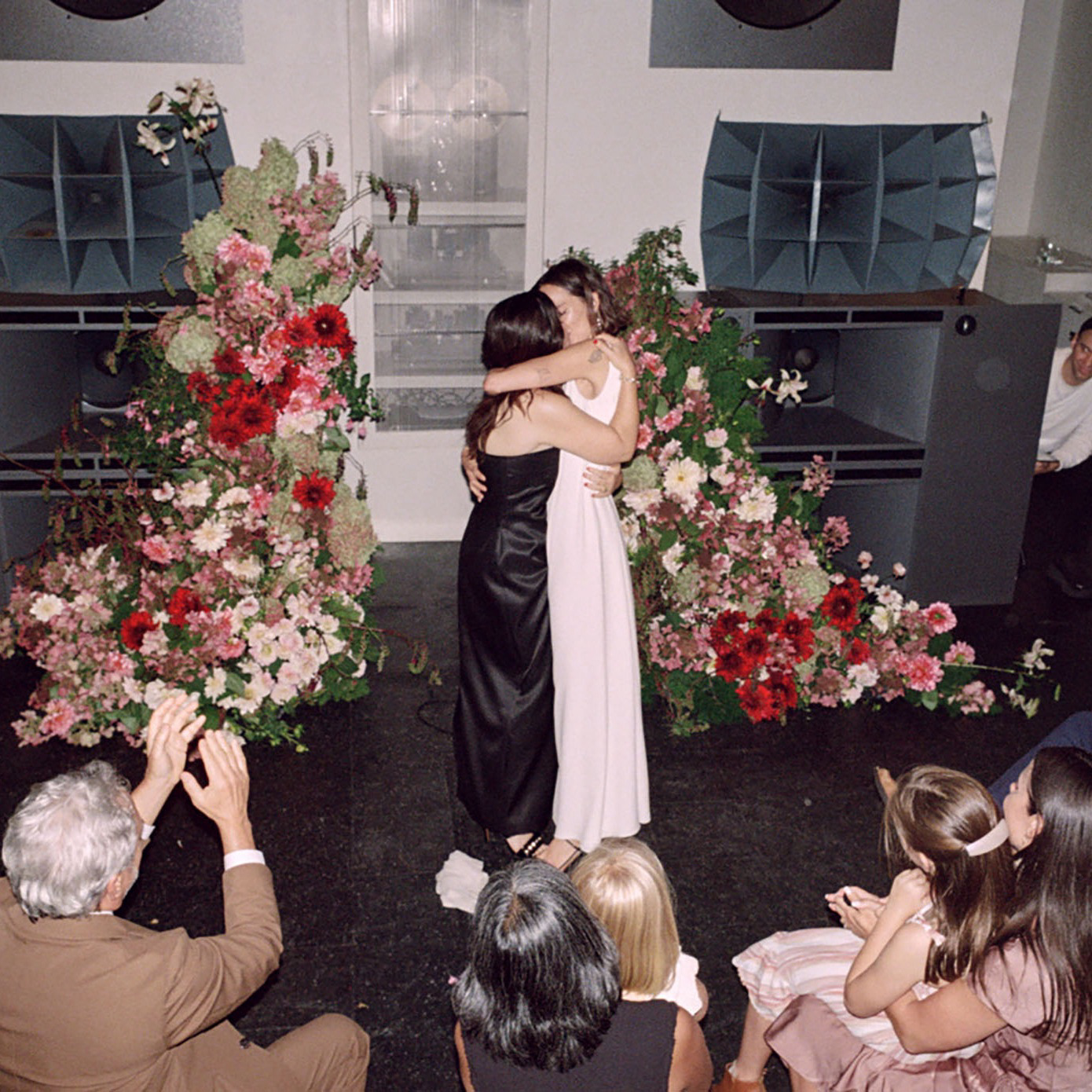
This year saw a profound shift in the nonprofit landscape, as in-person fundraisers like galas were swiped off the table of possibilities along with so many clattering plates. Turning inwards for support, arts institutions cannibalized those they are meant to support, tasking artists with the burden of creating something compelling to sell while adding layers of expenses—production costs in the case of editions and the all the trimmings that go into confecting a benefit auction. This didn’t sit right with Clara Zevi, a curator and art historian, nor with her friend, artist Oscar Tiné, who together decided they could provide a lynchpin service to those artists who did want to give back in this moment. Their idea was simple: with a company of two and no overhead, they could place new and old works by living artists with buyers who’d commit the piece's value to a charity of the artist’s choice. They called the organization Artists Support, which is indeed the largest hope Zevi and Tine have for their new side gig. There are no financial gains to be had here, but rather satisfaction in the value made together.
When Zevi first mentioned the project to me in late summer, I was surprised that galleries hadn’t gotten to the idea first, as it is a way for people like Zevi to leverage skills and networks to channel money easily toward the causes that artists care about. The idea struck a chord: their launch last week included artists such as Lorna Simpson, Louise Lawler and Hiroshi Sugimoto. There was something hopeful to me about their endeavor: curators and artists donating time and resources together to ensure a 100% transmission of funds. The marketplace continues to rage with landmark contemporary auctions and waves of nomadic pop-up spaces, so why not use the demand for blue chip work to enrich causes outside of art’s immediate purview?



